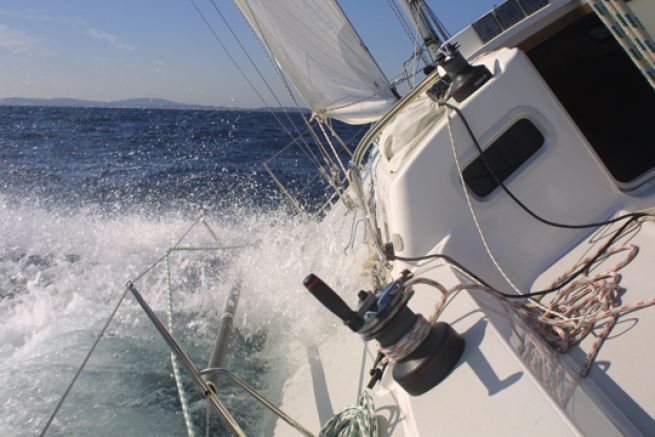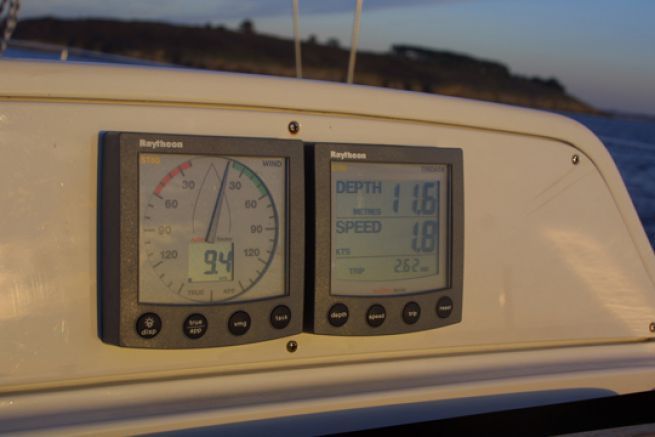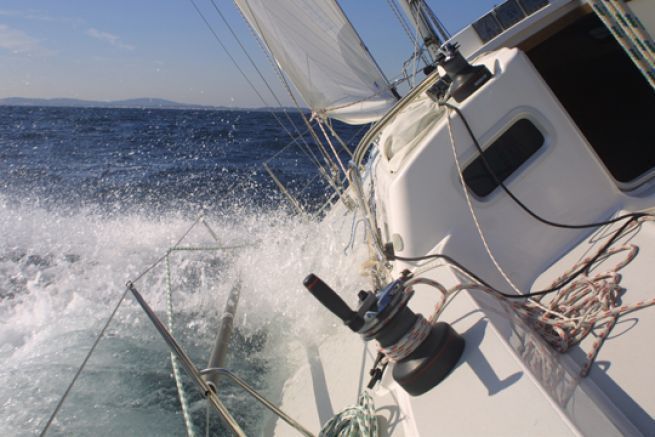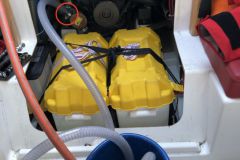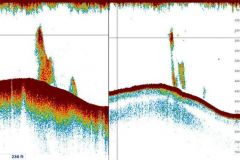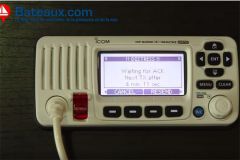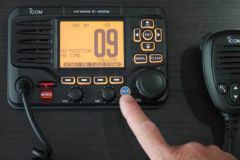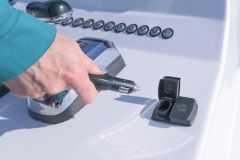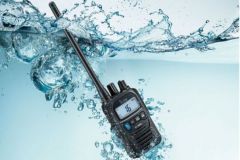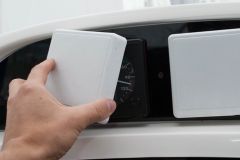VMG means "Velocity Made Good". This is the speed in the wind bed. This indication appears on the displays of the electronic devices of the yachts. It combines notions of speed on the water and angle of ascent to the wind.
The VMG is important upwind but also downwind. We explain it to you by upwind diagrams, but we could just as easily visualize it downwind.
Explanations
A sailboat cannot move in the wind axis. He must keep an angle to progress. By pulling edges, he will gradually approach the goal.
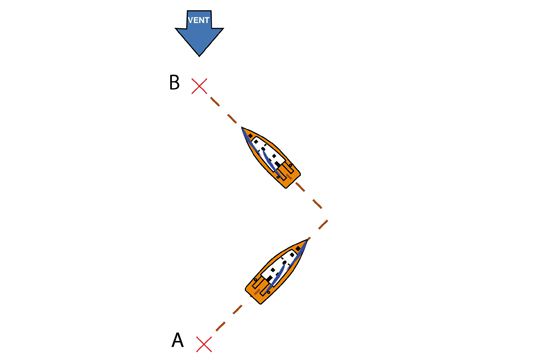
Let's take the example of a sailboat that goes up 45° from the wind and advances to 6 N. It goes from point A to point B.
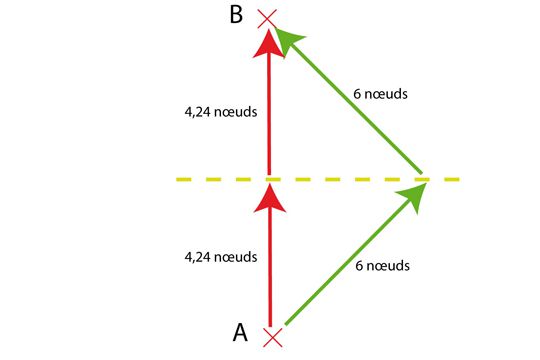
Its VMG will be 4.24 knots. Trigonometry lovers will appreciate knowing that VMG = speed x cos (wind angle).
If the angle of ascent to the wind changes, the speed of the sailboat will also change.
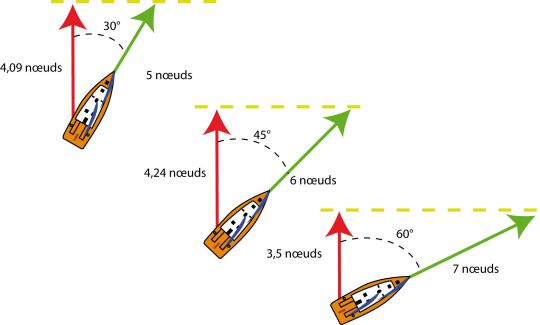
In our example, if the sailboat closes the wind at 30°, its speed drops to 5 knots. Its VMG then increases to 4.09 N.
If the sailboat drops and moves away from the wind bed, its speed increases to 7 N, but its VMG drops to 3.5 N.
Here the ideal angle of ascent to the wind is 45°. With a VMG of 4.24 N, we will win in the wind as quickly as possible.
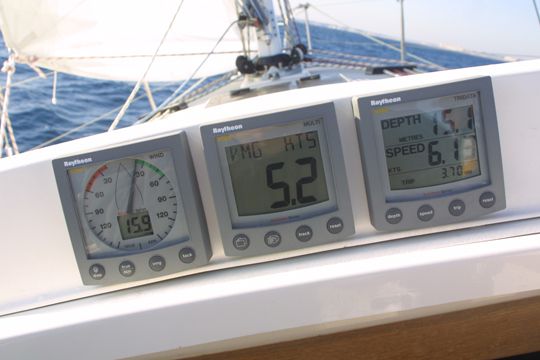
Calibrate your instruments properly
The calculation of the VMG is done with the wind angle and boat speed (speedometer) indications. To have a very accurate reading of this data, the instruments must be perfectly calibrated.
Let's take an extreme example: if the weather vane is shifted by 45° and my boat is pulling at 45° from the wind. On one side the VMG indication will be excellent (equal to the speed of the boat) while on the other side the VMG will be equal to zero!
Similarly, if the speedo does not react in the same way from one edge to the other due to the position of the probe, for example, this can lead to errors.
